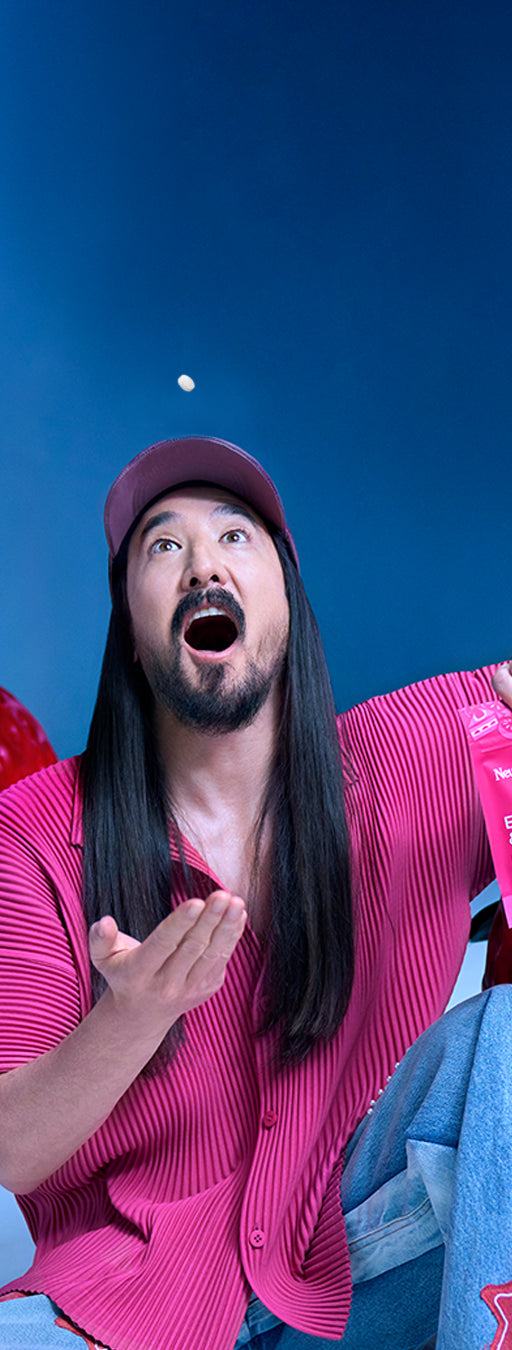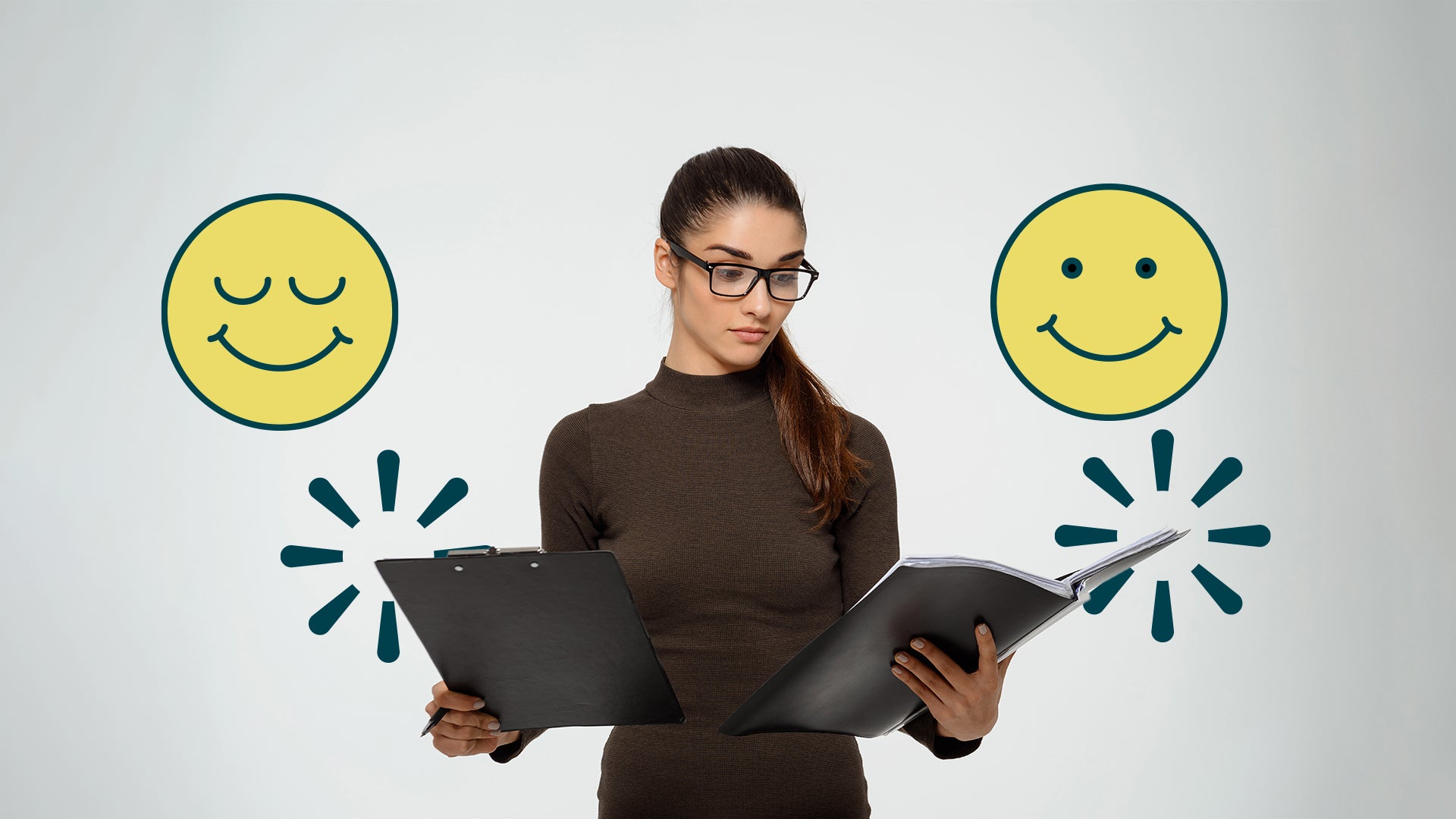In today's fast-paced world, multitasking has become a common practice in the workplace and in our daily lives. It seems like everyone is trying to do multiple things at once to get more done in less time. But is multitasking really the most effective way to be productive? On the other hand, proponents of single-tasking argue that focusing on one task at a time is the key to achieving peak productivity. So, which approach is better? In this article, we'll take a deep dive into the debate between multitasking vs. single-tasking and explore the scientific evidence to help you determine which approach is best for your own productivity goals. Get ready to discover some surprising insights that could change the way you work forever!
Multitasking
Multitasking is the practice of doing multiple tasks at the same time. It's often seen as a way to save time and increase productivity. For example, checking emails while on a conference call, or responding to text messages while working on a report.
However, research has shown that multitasking can actually decrease productivity. When we switch between tasks, our brain has to work harder to refocus, which can lead to more mistakes and decreased efficiency. In fact, a study conducted by the University of London found that multitasking can lower IQ scores by up to 15 points.
Another issue with multitasking is that it can lead to a lack of focus and concentration. When we try to do too many things at once, we are less likely to give each task our full attention. This can result in mistakes and decreased quality of work. For more information, check out the TED talk Multitasking is the Mindkiller.
Single-Tasking
Single-tasking is the practice of focusing on one task at a time. It's about giving each task our full attention and concentration. For example, working on a report without any distractions or interruptions.
Research has shown that single-tasking can increase productivity and improve the quality of work. When we focus on one task at a time, we are more likely to give it our full attention, which can lead to better outcomes. Additionally, single-tasking can reduce stress and increase job satisfaction, as we are able to complete tasks more efficiently and effectively.
Which is Better for Productivity?
While it may seem counterintuitive, single-tasking is actually better for productivity than multitasking. Research has shown that when we focus on one task at a time, we are more efficient and make fewer mistakes. Additionally, single-tasking can help us prioritize our work and achieve better outcomes.
That being said, there are some situations where multitasking may be necessary. For example, in a fast-paced work environment, there may be times when we need to juggle multiple tasks at once. However, it's important to recognize the drawbacks of multitasking and try to minimize it whenever possible.
Tips for Single-Tasking
If you're used to multitasking and want to transition to single-tasking, there are a few tips you can follow:
-
Prioritize your tasks. Identify the most important tasks and focus on those first. This can help you avoid feeling overwhelmed and ensure that you're using your time effectively. Read about our article about Time Blocking which could help you focus on one task at a time and boost your productivity.
-
Set specific goals. Instead of trying to do everything at once, set specific goals for each task. This can help you stay focused and motivated, and ensure that you're making progress towards your goals.
-
Eliminate distractions. To help you focus on one task at a time, eliminate any distractions that might interfere with your work. This could include turning off your phone, closing your email, or working in a quiet space.
-
Take breaks. While single-tasking can be more productive, it's important to take breaks to avoid burnout. Take short breaks between tasks to recharge and refocus. Maybe you could try some Office Break Exercises that can refresh your mind.
Tips for Multitasking
If you find that you need to multitask in certain situations, there are a few tips you can follow to help you do it more effectively:
1. Prioritize your tasks. Identify the most important tasks and focus on those first. This can help you avoid feeling overwhelmed and ensure that you're using your time effectively.
2. Minimize distractions. While multitasking, it's important to minimize distractions as much as possible. Turn off notifications on your phone or computer, close unnecessary tabs or applications, and work in a quiet space if possible.
3. Be organized. When multitasking, it's easy to become disorganized and forget important tasks. Make a to-do list or use a task management app to keep track of everything you need to do.
4. Prioritize your tasks: Before you start multitasking, make sure to prioritize your tasks. Identify which tasks are urgent and which ones can be done later. This will help you focus on the most important tasks first.
5. Use a task management tool: Use a task management tool such as Trello, Asana, Todoist or Notion to keep track of your tasks. These tools can help you organize your tasks, set deadlines, and assign priorities.
6. Break tasks into smaller chunks: Break down large tasks into smaller chunks. This will help you tackle them one at a time and avoid feeling overwhelmed.
7. Use technology to your advantage: Use technology to automate repetitive tasks or set reminders. For example, you can use email filters to sort your emails automatically, or set reminders on your phone for important deadlines.
Conclusion
In conclusion, the age-old debate of multitasking vs. single-tasking comes down to personal preference and the specific task at hand. While multitasking can be tempting, it can also lead to decreased productivity and increased mistakes. Single-tasking, on the other hand, allows us to focus on one task at a time, leading to increased efficiency and improved outcomes.
If you find yourself struggling with multitasking, try incorporating some single-tasking techniques into your work routine. Prioritizing your tasks, setting specific goals, eliminating distractions, and taking breaks can all help you focus on one task at a time and increase your productivity.
Remember, everyone works differently and what works for one person may not work for another. Experiment with different techniques and find what works best for you and your specific work environment. With practice and dedication, you can improve your productivity and achieve your goals, whether you choose to multitask or single-task. For more productivity tips, read our article Getting Things Done or Tips to Maximize Your Productivity.
About the Author

Angelica Castillo is a communications student in the mornings, an actress in the afternoons, and a passionate diary writer by night.
She is the creative copywriter at Magnify Media Agency and is currently working on audiovisual projects. She is also interested in psychology, constantly informing herself about human conduct and looking for ways to improve mental health to help others live a fulfilling life.
Find her on Instagram here:
@aange.cas






















